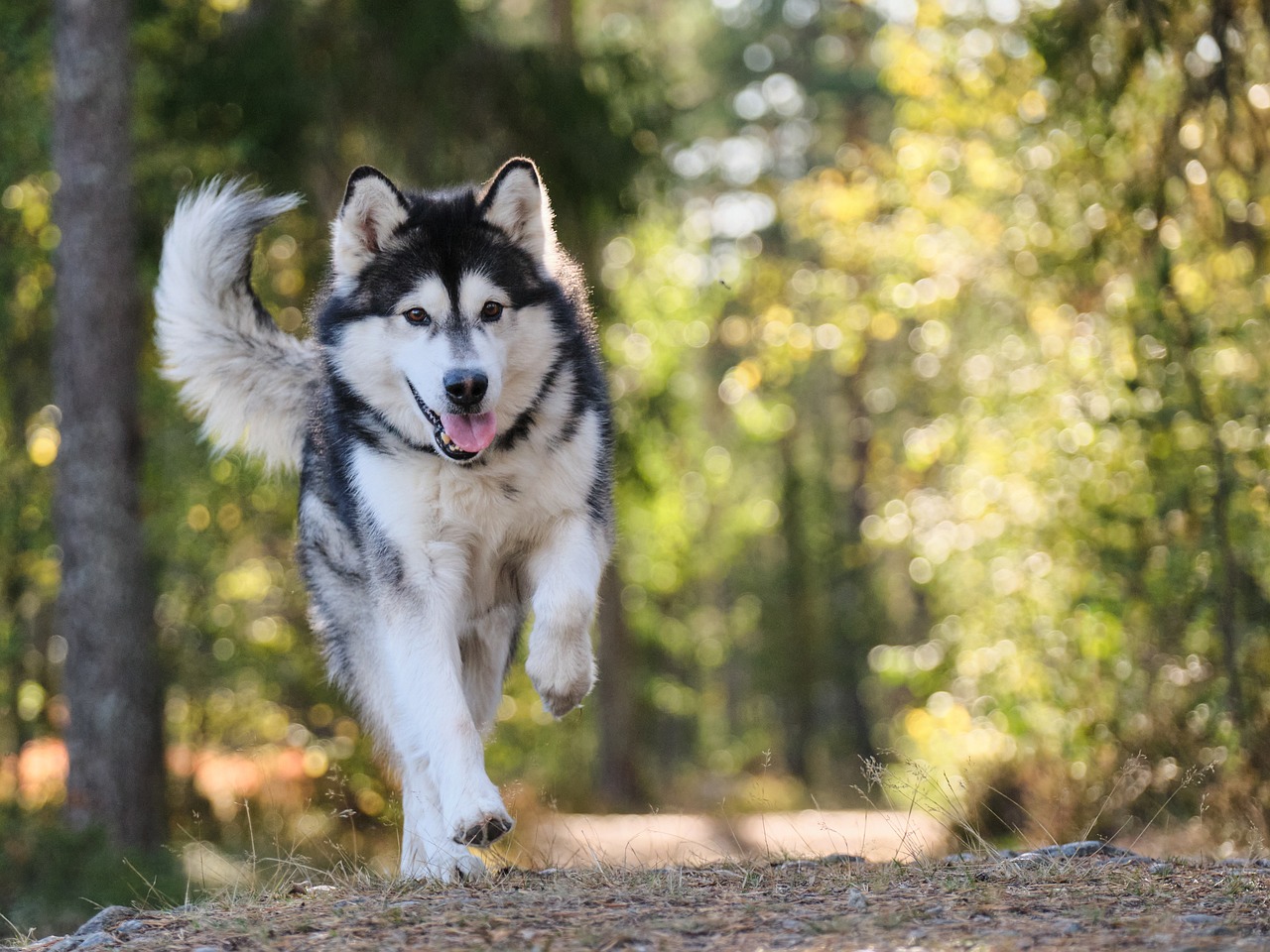Dogs are wonderful companions, bringing joy, loyalty, and affection into our lives. However, they can also exhibit behaviors that are frustrating, perplexing, or even harmful. Understanding the root causes of these behaviors and addressing them effectively is crucial to building a harmonious relationship with your furry friend.
Whether you’re a new dog owner or a seasoned one, learning about common behavioral issues and how to resolve them can lead to a happier life for both you and your dog.
This article explores ten common dog behavior problems, from excessive barking to destructive chewing, providing practical solutions to address each issue. With patience, consistency, and proper training techniques, many of these behaviors can be resolved or significantly improved.
Let’s dive into these challenges and uncover actionable steps to transform problem behaviors into opportunities for growth and learning.
Table of Contents
Problem 1: Excessive Barking
Why Dogs Bark:
Barking is a natural form of communication for dogs. However, excessive barking can become a nuisance when it’s constant or inappropriate. Dogs may bark out of boredom, fear, anxiety, territorial instincts, or to gain attention.
Solutions for Excessive Barking:
- Identify the Trigger: Observe when and why your dog barks. Common triggers include people walking past the house, doorbells, or other dogs.
- Positive Reinforcement Training: Teach the “quiet” command. Reward your dog when they stop barking on cue.
- Provide Mental Stimulation: Bored dogs bark more. Interactive toys, puzzle feeders, and regular exercise can reduce excess energy that leads to barking.
- Desensitize Triggers: Gradually expose your dog to the stimulus that triggers their barking, rewarding calm behavior.
- Avoid Unintended Reinforcement: Don’t reward barking by giving attention (even negative attention can reinforce the behavior).
Problem 2: Destructive Chewing
Why Dogs Chew:
Chewing is a natural behavior, especially for puppies who are teething. Adult dogs may chew due to boredom, anxiety, or a lack of appropriate chew toys.
Solutions for Destructive Chewing:
- Provide Appropriate Chew Toys: Ensure your dog has access to safe, engaging chew toys. Rotate toys to keep them interesting.
- Supervise and Redirect: Supervise your dog and redirect them to a toy if they start chewing on something inappropriate.
- Use Deterrent Sprays: Apply bitter-tasting sprays to furniture or items your dog is prone to chew.
- Increase Exercise: A tired dog is less likely to engage in destructive chewing. Ensure your dog gets daily physical and mental stimulation.
- Address Separation Anxiety: If chewing occurs when your dog is alone, they may be experiencing anxiety. Crate training or using calming aids may help.
Problem 3: Jumping on People
Why Dogs Jump:
Dogs often jump to greet people or seek attention. While their excitement may seem harmless, jumping can be intimidating or dangerous, especially with children or older adults.
Solutions for Jumping:
- Ignore the Behavior: Turn your back and avoid eye contact when your dog jumps. Reward calm behavior instead.
- Teach an Alternative Behavior: Train your dog to sit or stay when greeting people. Reward them for sitting calmly.
- Consistency is Key: Ensure everyone in your household and visitors follow the same rules to avoid confusing your dog.
- Redirect Energy: Provide an outlet for excitement, like a chew toy or playing fetch before guests arrive.
Problem 4: Digging
Why Dogs Dig:
Digging is instinctual for dogs and can be triggered by boredom, hunting instincts, or creating a cool spot to lie down.
Solutions for Digging:
- Create a Digging Zone: Designate a specific area in your yard where your dog is allowed to dig. Bury toys or treats to encourage digging in that spot.
- Eliminate Boredom: Ensure your dog has plenty of mental and physical activities to keep them engaged.
- Block Access to Restricted Areas: Use barriers or fencing to prevent your dog from digging in unwanted areas.
- Address Underlying Issues: Dogs digging near fences may be trying to escape. Reinforce your fencing and provide extra stimulation to deter escape attempts.
Problem 5: Separation Anxiety
Why Dogs Experience Separation Anxiety:
Dogs are social animals and can become stressed when left alone. Signs include excessive barking, whining, destructive behaviors, or attempts to escape.
Solutions for Separation Anxiety:
- Gradual Desensitization: Practice short departures and gradually increase the time you’re away.
- Create a Safe Space: Provide a comfortable area with your dog’s favorite toys and bedding.
- Calming Aids: Try calming sprays, pheromone diffusers, or anxiety wraps.
- Interactive Toys: Puzzle toys or treat-dispensing toys can keep your dog occupied in your absence.
- Seek Professional Help: Severe cases may require help from a certified dog behaviorist or veterinarian.
Problem 6: Pulling on the Leash
Why Dogs Pull:
Dogs pull on the leash due to excitement, curiosity, or a lack of training. They often learn that pulling gets them closer to their desired destination.
Solutions for Pulling on the Leash:
- Use the Right Equipment: Harnesses designed to prevent pulling can help manage your dog during walks.
- Stop-and-Go Training: Stop walking when your dog pulls. Resume walking only when the leash is slack.
- Reward Loose Leash Walking: Use treats or praise to reinforce walking beside you without pulling.
- Practice at Home: Start leash training in a low-distraction environment before moving to busier areas.
Problem 7: Aggression Towards Other Dogs or People
Why Dogs Show Aggression:
Aggression can stem from fear, territorial instincts, or lack of socialization. Understanding the underlying cause is crucial to addressing this behavior.
Solutions for Aggression:
- Early Socialization: Introduce your dog to various environments, people, and other dogs at a young age.
- Consult a Professional: Aggression is a serious issue. Work with a certified dog trainer or behaviorist to address it safely.
- Avoid Triggers: Manage your dog’s environment to prevent situations that lead to aggressive outbursts.
- Use Positive Reinforcement: Reward calm and non-aggressive behavior in potentially triggering situations.
Problem 8: House Soiling
Why Dogs Soil Indoors:
Inappropriate urination or defecation can occur due to incomplete house training, medical issues, or marking behaviors.
Solutions for House Soiling:
- Rule Out Medical Causes: Consult a veterinarian to ensure there are no underlying health issues.
- Reinforce House Training: Take your dog outside regularly, especially after meals, playtime, or naps. Reward them for eliminating in the right place.
- Clean Accidents Properly: Use enzymatic cleaners to remove odors and prevent repeat accidents in the same spot.
- Address Marking Behavior: Spaying or neutering can reduce marking in some dogs. Training can also help redirect this behavior.
Problem 9: Begging for Food
Why Dogs Beg:
Dogs beg because it’s rewarding—they’ve learned that it gets them treats or scraps from the table.
Solutions for Begging:
- Establish Meal Times: Feed your dog before your meals so they’re less likely to beg.
- Ignore Begging: Don’t give in to begging. Rewarding this behavior only reinforces it.
- Create Boundaries: Train your dog to stay in a designated spot, such as a bed or crate, during meals.
- Use Puzzle Feeders: Keep your dog busy with a treat-dispensing toy while you eat.
Problem 10: Overexcitement and Hyperactivity
Why Dogs Get Overexcited:
Some dogs are naturally high-energy, while others may lack sufficient outlets for physical and mental stimulation.
Solutions for Overexcitement:
- Increase Exercise: Regular walks, playtime, and activities like agility training can burn off excess energy.
- Teach Calm Behavior: Reward your dog for calm behavior, using commands like “sit” or “lie down.”
- Provide Mental Stimulation: Puzzle toys, scent games, and training sessions can help engage your dog’s mind.
- Establish a Routine: Consistent routines for feeding, exercise, and play can help your dog feel more settled.
Conclusion
Understanding and addressing common dog behavior problems is essential for fostering a healthy and happy relationship with your canine companion. While these challenges can be frustrating, they are often opportunities to strengthen the bond between you and your dog through training, patience, and consistency.
By identifying the root causes of these behaviors and implementing the appropriate solutions, you can create a harmonious environment where your dog feels secure, fulfilled, and well-behaved. Remember, no dog is perfect—but with the right approach, even the most challenging behaviors can be improved.






Pingback: How to Bathe a Dog: Step-by-Step Guide
Pingback: How to Clicker Train Your Dog at Home in 10 Steps
Pingback: The Importance of Regular Vet Checkups for Dogs
Pingback: Unlock the Secrets of Dog Body Language